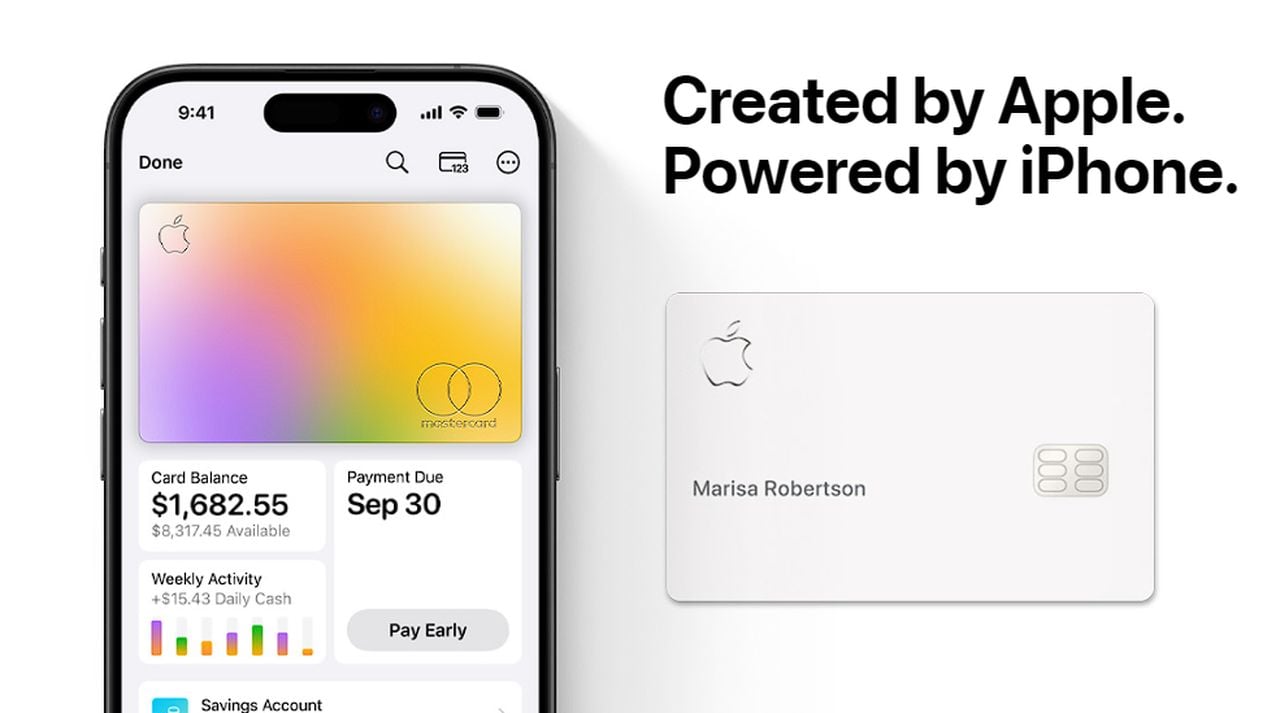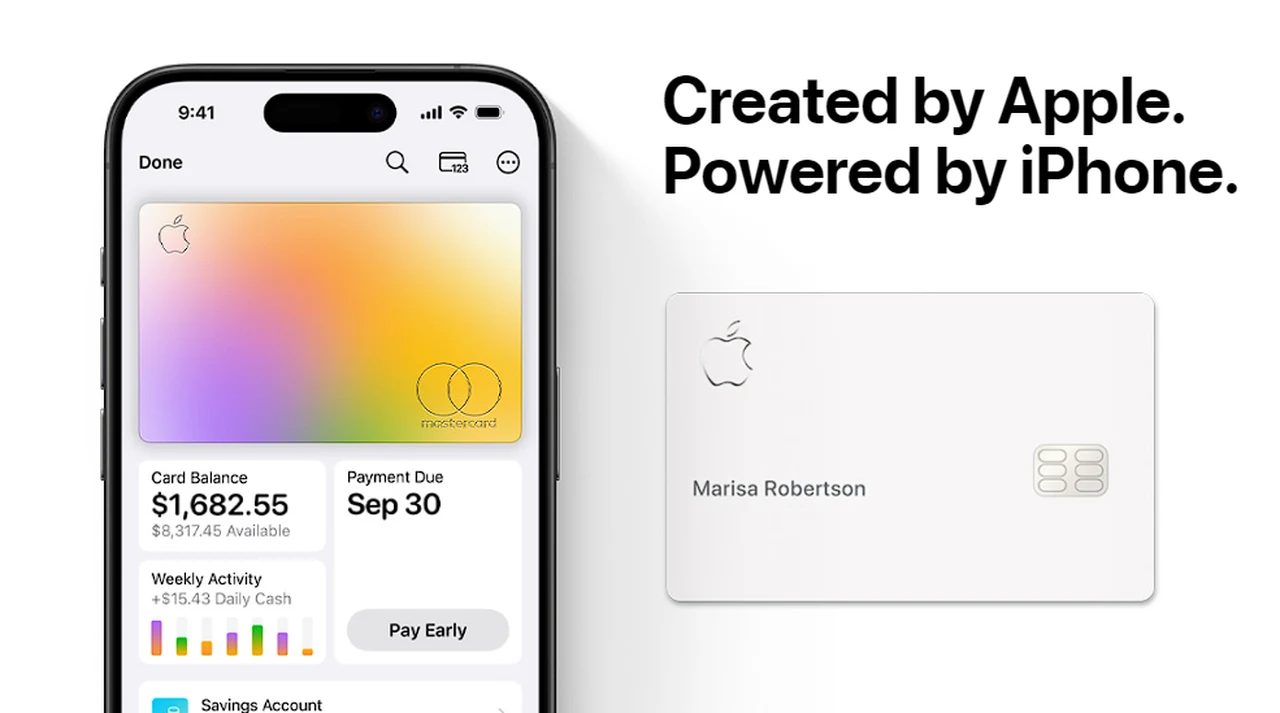[ad_1]
Apple used to regularly increase the base memory of its Macs up until 2011, the same year Tim Cook was appointed CEO, charts posted on Mastodon by David Schaub show.
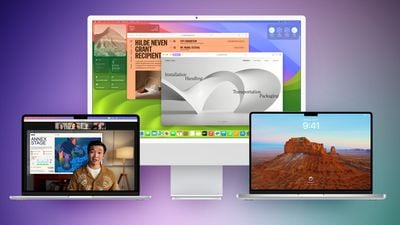
Earlier this year, Schaub generated two charts: One showing the base memory capacities of Apple’s all-in-one Macs from 1984 onwards, and a second depicting Apple’s consumer laptop base RAM from 1999 onwards. Both charts were recently resurfaced by the Accidental Tech Podcast.
The graphs show that Apple tended to increase the base memory every two years or so, but that this trend ended when Cook took over the company from Steve Jobs. Memory increased quickly until the Mac Plus was launched in 1986, notes Schaub. “1986 to 1990 were all about decreasing the entry Mac price,” he says. “Then we get a pretty straight logarithmic line until Tim Cook became CEO and there has only been a single increase since.”
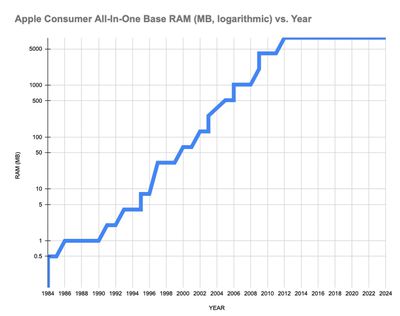

The correlation is interesting, but other variables such as market trends and changes in technology can help to account for the plateau in Cook’s era. For example, Stuart McHattie notes that early all-in-one Macs saw a tenfold increase every six years. If that trend had continued from 2006 onwards when the base was 500MB, modern base model Macs would have reached 500GB. Yet today’s consumer PC demand for RAM remains around 8GB to 64GB, and very rarely exceeds double digits.
Computers have also changed a lot over the last several years. RAM has gotten faster. Hard disk drives have been superseded by solid-state storage. Chips and components are more tightly integrated. Apple no longer relies on Intel processors to power its machines, and instead uses high performance system-on-a-chip (SOC) architecture, which fuses CPUs, GPUs, and unified memory into a single package. This is why the company feels confident in arguing that 8GB on a Mac is comparable to 16GB on rival systems.
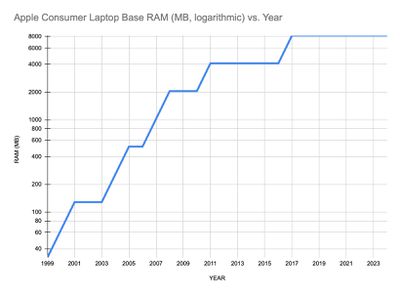

But that does not change the fact that Apple has offered iMac and MacBook Pro models with 8GB of RAM since 2012. Likewise, the MacBook Air has had the same base memory configuration since 2017. In addition, Apple’s adoption of unified memory means that Macs cannot have their RAM upgraded after purchase, while Apple continues to pursue a strategy of vastly overcharging customers for higher memory configurations. Users often pay out $200 or more at checkout just to future proof their machines.
Apple’s Mac memory configuration strategy is likely to become even more contentious if all upcoming iPhone 16 models turn out to include 8GB of RAM. (In the iPhone 15 series, only the Pro models have 8GB, whereas standard models have 6GB.) Why Apple is prepared to increase RAM in a smartphone but not in a multitasking Mac without users paying excessively for the privilege will be the overriding question on many consumers’ lips.
[ad_2]
Source Article Link


